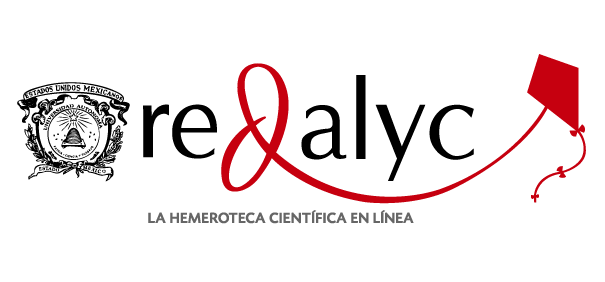Implementation of an ERP in a metallic structures company
An analysis based on structuring theory and its instrumentation
DOI:
https://doi.org/10.12712/rpca.v18i2.61376Resumo
Objective: survey of the difficulties faced by users during the process of implementing the authorial ERP in a company in the manufacturing and installation of metallic structures. Theoretical framework: the literature on structuring theory and the technology structuring model explores how the difficulties of implementing authorial ERP relate to the dimensions of each of the theoretical models and the concept of structure duality presented in a theoretical. Method: The research was conducted in three stages, based on qualitative diagnostic research, and divided into a systematic literature review, in-depth interviews with members of the levels covered and followed by analysis of the results and presentation of the relationships between the proposed models during the construction of the theoretical framework. Results: The research analyzed the implementation of ERP from the perspective of strategic, tactical, and operational levels. Highlighting challenges, benefits, and interactions, given the relationships between agent/structure and agent/technology. Conclusions: The strategic sector presented a favorable and problem-free transition. The tactical sector saw the benefits of ERP and was positively impacted by colleagues. The operational level, however, experienced initial difficulties. To understand the interactions between users, technology, and organizational structure. The importance of organizational culture is particularly highlighted in family businesses, where the mutual influence between technology and users is emphasized.
Downloads
Downloads
Publicado
Edição
Seção
Licença
Os autores mantêm os direitos autorais e concedem à revista o direito de primeira publicação, com o trabalho simultaneamente licenciado sob a Creative Commons Attribution License, permitindo o compartilhamento do trabalho com reconhecimento da autoria e publicação inicial nesta revista.
A Revista usa o CC BY. Essa licença permite que outras pessoas distribuam, remixem, adaptem e desenvolvam seu trabalho, mesmo comercialmente, desde que sejam creditadas pela criação original. Essa é a licença mais flexível oferecida. Recomendado para máxima disseminação e uso de materiais licenciados.
Os autores têm autorização para assumir contratos adicionais separadamente, para distribuição não-exclusiva da versão do trabalho publicada nesta revista (ex.: publicar em repositório institucional ou como capítulo de livro), sempre com reconhecimento de autoria e publicação inicial nesta revista.
A Revista ulitiliza o DOI (Digital Object Identifier ) desde 2007 O DOI com a finalidade de autenticar cada artigo, portanto seu conteúdo digital.


